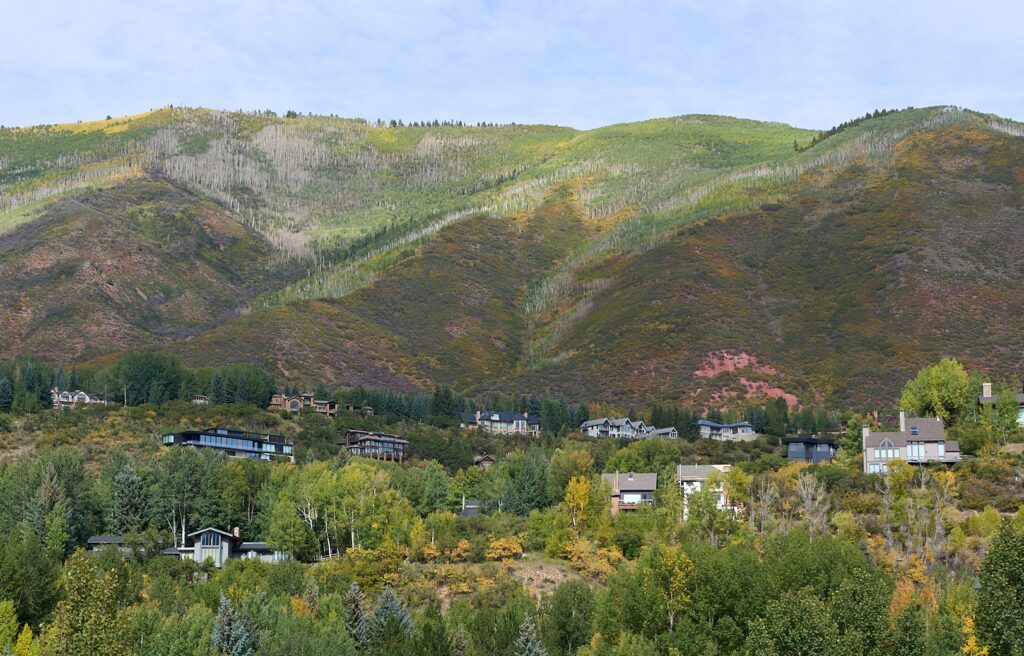Birding the Burn Field Trip Species List
ACES Staff
July 1, 2020

Wednesday, July 1, 2020, 7 AM – 2PM
Weather: Sunny
Location: Basalt Mountain
Species Identified:
Mourning Dove
Black-chinned Hummingbird
Broad-tailed Hummingbird
Turkey Vulture
Cooper’s Hawk
Red-naped Sapsucker
American Three-toed Woodpecker
Downy Woodpecker
Hairy Woodpecker
Northern Flicker
Olive-sided Flycatcher
Western Wood-Pewee
Cordilleran Flycatcher
Warbling Vireo
Black-billed Magpie
Common Raven
Tree Swallow
Mountain Chickadee
Black-capped Chickadee
Red-breasted Nuthatch
Brown Creeper
House Wren
Ruby-crowned Kinglet
Mountain Bluebird
Hermit Thrush
American Robin
Pine Siskin
American Goldfinch
Green-tailed Towhee
Chipping Sparrow
Song Sparrow
Dark-eyed Junco
Brown-headed Cowbird
Orange-crowned Warbler
MacGillivray’s Warbler
Yellow Warbler
Western Tanager
Black-headed Grosbeak
Comments:
Post-fire landscapes are known for being very special, transformed patchworks of renewed habitats where wildflowers bloom in profusions seen nowhere else, insects and fungi colonize burned trees, and birds find an abundance of food and nesting sites. This was the first in an annual series of birding field trips to explore and appreciate Basalt Mountain from a birding perspective. We plan to watch the successional stages of the various habitats and their birdlife through yearly excursions into the burn. Today’s trip yielded 38 species and an abundance of birds overall. We were fortunate to see our prime target, the three-toed woodpecker, twice today. A male was in a patch of conifers near the beginning of the hike and a female was seen preening on a spruce trunk near the end of our loop. This was an exciting life bird for three participants! We saw other species that are typical of burned forests, such as olive-sided flycatcher, western tanager, and mountain bluebird. Many fledglings were being attended to by their parents, including dark-eyed juncos, brown creepers, mountain bluebirds, northern flickers, and tree swallows. We found an active warbling vireo nest and saw other birds carrying food to nests of fledglings. The shrubland habitat was busy with orange-crowned warblers, MacGillivray’s warblers, and house wrens. We saw five species of woodpeckers, both a sign of abundant post-fire wood-boring insects and an excellent comparison study. Overall it was an excellent outing with a wonderful group of birders and amazing birds. Everyone contributed to the sightings, discussions, and appreciation of birdlife in the burn. If you missed it today, consider joining us next Wednesday for a second trip to this same location!
~ Rebecca Weiss, ACES Bird Guide
Photo by Dale Armstrong
Related Content

RFV Phenology: Green is out, yellow is in! Or is it?
Learn More
ACES // City of Aspen Open Space Birding: Marolt Open Space 9/5/2024
Learn More